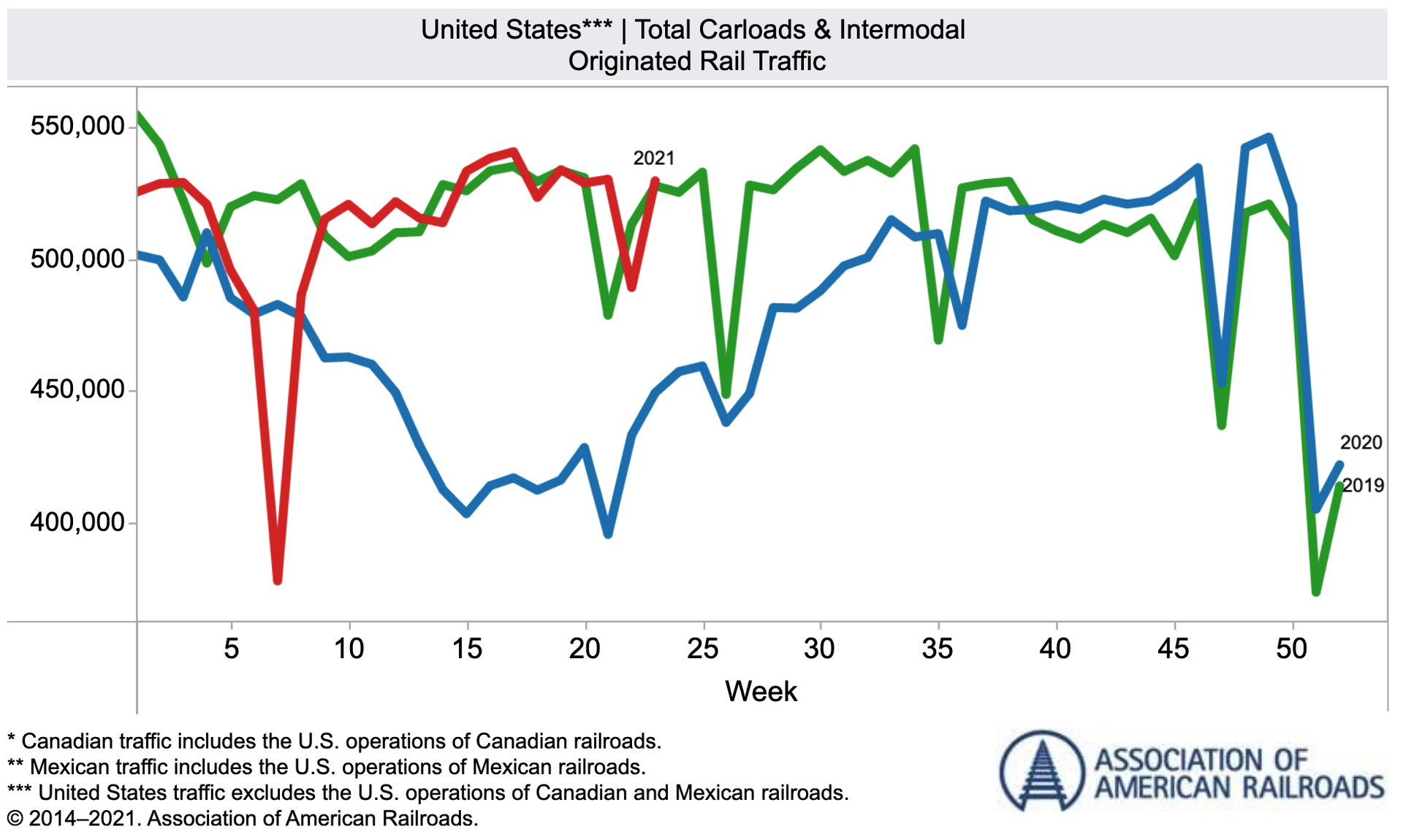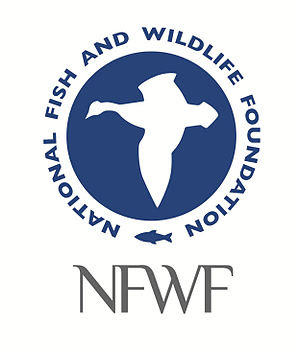June 2021
|
Detectors Help BNSF Respond to Rock and Mud Slides, Avalanches and Floods As a western railroad, BNSF operates trains in rough and remote terrain, including mountains, canyons and deserts. Rocks—some as big as a small car—can occasionally roll onto the tracks. And while BNSF monitors weather conditions and regularly conducts inspections to ensure the integrity of its network, track-condition detectors provide another layer of safety. 
Trackside detectors alert BNSF to obstructions that have shifted onto tracks and either set the signals to a restricting state or warn dispatchers, who alert train crews of the potential hazard. The most common type of detector, with more than 220 on BNSF’s network, is the rockslide detector, also known as a slide fence. A series of wires suspended from poles form the fence and when rock or debris breaks one of the wires, an electrical circuit is disrupted. Once the hazard has been confirmed, trains operating in the area are stopped until the track can be inspected and cleared.
Learn more about how detectors help keep BNSF’s network operating safely here.
BNSF Predecessors Played a Key Role in Shaping America’s National Parks U.S. National Parks are home to some of the most breathtaking scenery in the world, but the history these protected lands share with U.S. railroads may be surprising. As railroads expanded passenger service westward in the 19th and 20th centuries, they enticed visitors to travel to these then unknown destinations. Expeditions had already revealed the unique geography of the land, and the government was taking steps to protect the natural beauty of what would become some of the world’s most famous landscapes. Families began to flock to today’s national parks.
BNSF predecessor railroads helped shape and protect the grandeur of these landscapes. After the Yellowstone Act of 1872, which established Yellowstone as America’s first national park, the land remained a sparsely visited site until the Northern Pacific reached the northern rim in 1883 with the completion of its branch line in Cinnabar, Montana. In 1907, Louis Hill took over the Great Northern Railway as president before his father’s retirement in 1912. Together, they shared a dream of making their network the “Playground of the Northwest,” including the area that would become Glacier National Park.
Learn more about how railways brought vision and people to national parks here. 
Glacier Rail Park Dream Has Come to Fruition The last of Glacier Rail Park’s 44 acres have been sold to Northern Plastics. The industrial park with rail service is now full just three years after the first tenants began moving in. Located on the perimeter of Kalispell’s northeastern city limits, the Glacier Rail Park is located in BNSF's Great Northern Corridor, has immediate access to U.S. Highway 2 and is 10 minutes from Glacier Park International Airport.
Working in collaboration with Flathead County Economic Development Authority and Montana West Economic Development, the City of Kalispell received a grant in 2015 to clean up the former gravel park and build infrastructure with the intention of incentivizing private investors to develop in the area. The Glacier Rail project frees up formerly industrial properties in downtown for redevelopment by relocating downtown businesses that rely on rail service to the industrial park which is served by new track. Additionally, the Parkline Trail is underway. The multiuse trail will extend through Kalispell along the old railroad tracks, which will be removed when construction begins.
Answering the Call: BNSF’s 2020 Annual Review BNSF’s 2020 Annual Review is now available online. This year’s report is fully digital and details how BNSF answered the call to operate safely, serve its customers, protect the environment and value people and communities. In a year of pandemic and crisis, people continued to rely on the delivery of essential goods, perhaps even more than before. 2020 also marked the 25th anniversary of the 1995 merger between Burlington Northern Railroad and the Atchison, Topeka and Santa Fe Railway, creating BNSF Railway, one of the world’s largest freight rail networks and a vital link in the U.S. and global supply chain. 
BNSF Urges Safety Around Tracks and Trains As summer weather inspires more exploration and adventure, it’s important to remember the dangers inherent in driving over or walking over rail tracks. A typical freight train can take more than a mile to stop, even when emergency brakes are applied—the distance of 18 football fields! While the number of highway-rail crossing collisions, deaths and injuries has dropped over the past five decades, it’s still a fact that a person or vehicle is struck by a train roughly once every three hours. Nearly all rail-related deaths involve drivers trying to beat a train, or people trespassing on railroad tracks.
Learn more about how to be safe around tracks and trains here.
Weekly U.S. Freight Rail Traffic Freight rail traffic volumes are a useful gauge of broader economic activity, both for specific industries and for the economy as a whole.

Supporting Our Communities
The BNSF Railway Foundation invests in the communities across the 28 states through which BNSF operates, and where BNSF employees live, work and volunteer. Recent donations include: Protecting Big Game Migration Corridors
The National Fish and Wildlife Foundation (NFWF) is dedicated to sustaining, restoring and enhancing the nation’s fish, wildlife, plants and habitats for current and future generations. The organization recently approved $4 million in conservation grants for habitat projects in migration corridors and winter ranges for elk, mule deer and pronghorn. BNSF Railway Foundation contributed to the funding of the grants which were awarded to projects throughout the Western U.S., including Montana and Wyoming. 
Honoring a History of Collaboration
The All-American Indian Days Honoring Project presented by the Big Horn City Historical Society of Big Horn, WY is a remembrance of the generosity of local volunteers, civic groups, churches and businesses in Sheridan County and by neighboring Native American people who invested in the dream of All-American Indian Days from 1953-1984. This inter-racial collaboration is considered the first humanitarian project in Indian Country and took place eleven years before the 1964 Civil Rights Act. BNSF Railway Foundation contributed $5,000 toward making the Honoring Project a reality. Promoting Reading to Support Early Brain Development Raising Readers in Wyoming encourages parents to read to their young children by providing beautiful new books as part of well child healthcare visits. Healthcare providers play the key role in the Raising Readers program by "prescribing" books for children during their wellness checks. Since 2002, more than 457,618 books have been distributed in all 23 Wyoming counties through the program. BNSF Railway Foundation donated $5,000 to provide books to families in Laramie, Converse, Natrona and Campbell Counties. 
|



